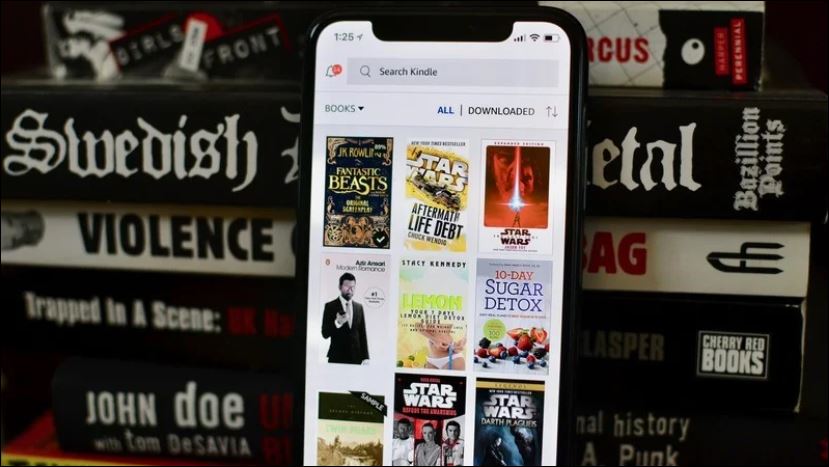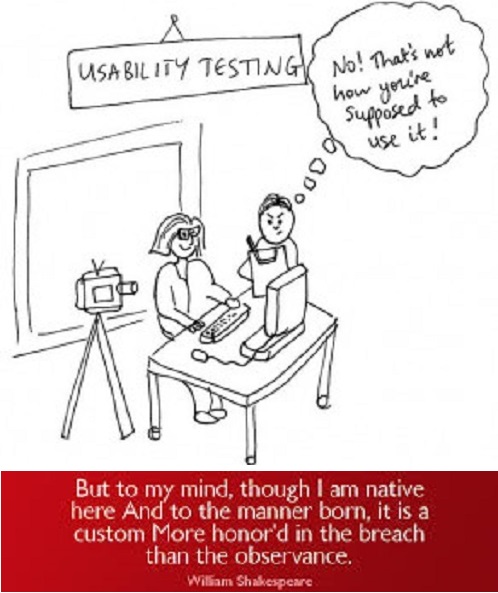
We have subscribed to and read The Wall Street Journal for several decades and depend on the quality and timeliness of its coverage. But there are some exceptions. On December 15 I received an “Introducing WSJ Recipes” email from The Wall Street Journal. It showed recipes for Chicken and Dill Stew with Eggplant and Squash, Fudge Cookies, and Tomato Rice with Favas Chickpeas, and Fried Onions. Each of these had a button. Additionally, there was a “Discover” button. None of these buttons were live. We tried to alert The Wall Street Journal, saying “Your email is useless because I can’t click on anything. I love the WSJ but this was clueless, and the folks at Survey Monkey should know better. “ For our efforts, we were rewarded by an automatic reply “Thank you for contacting Dow Jones. Unfortunately, this email is an automated notification, which is unable to receive replies. We are happy to help you with any questions or concerns you may have.”




